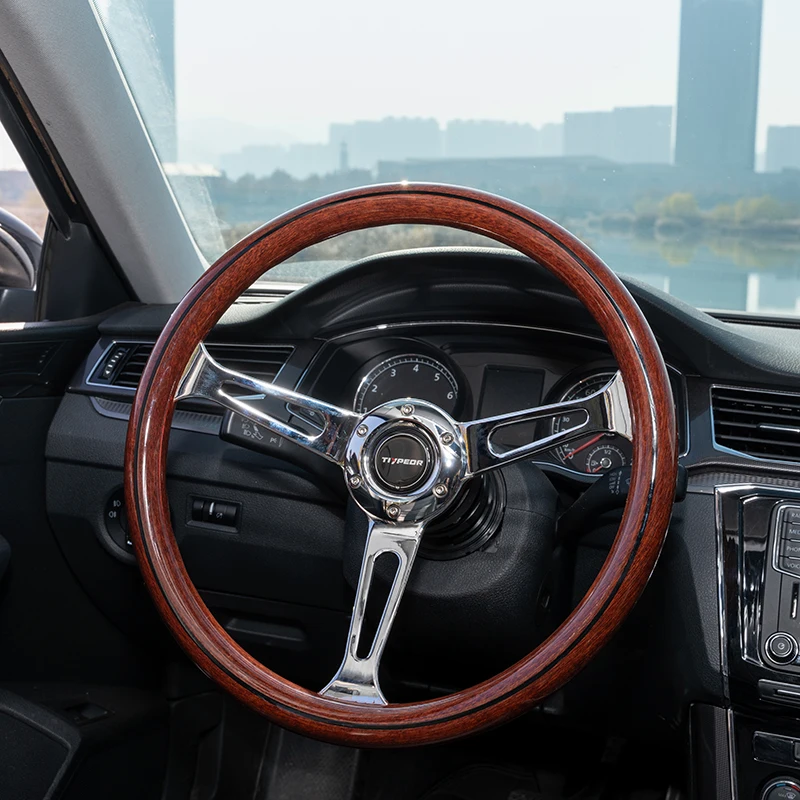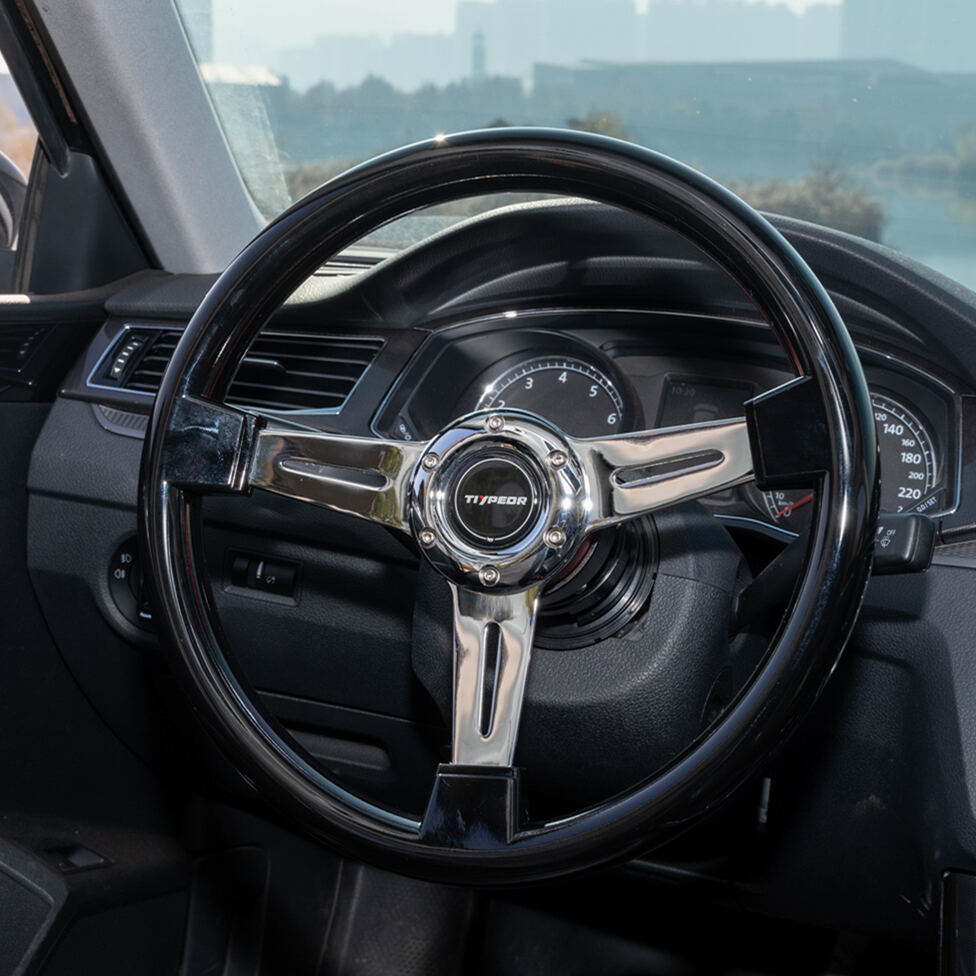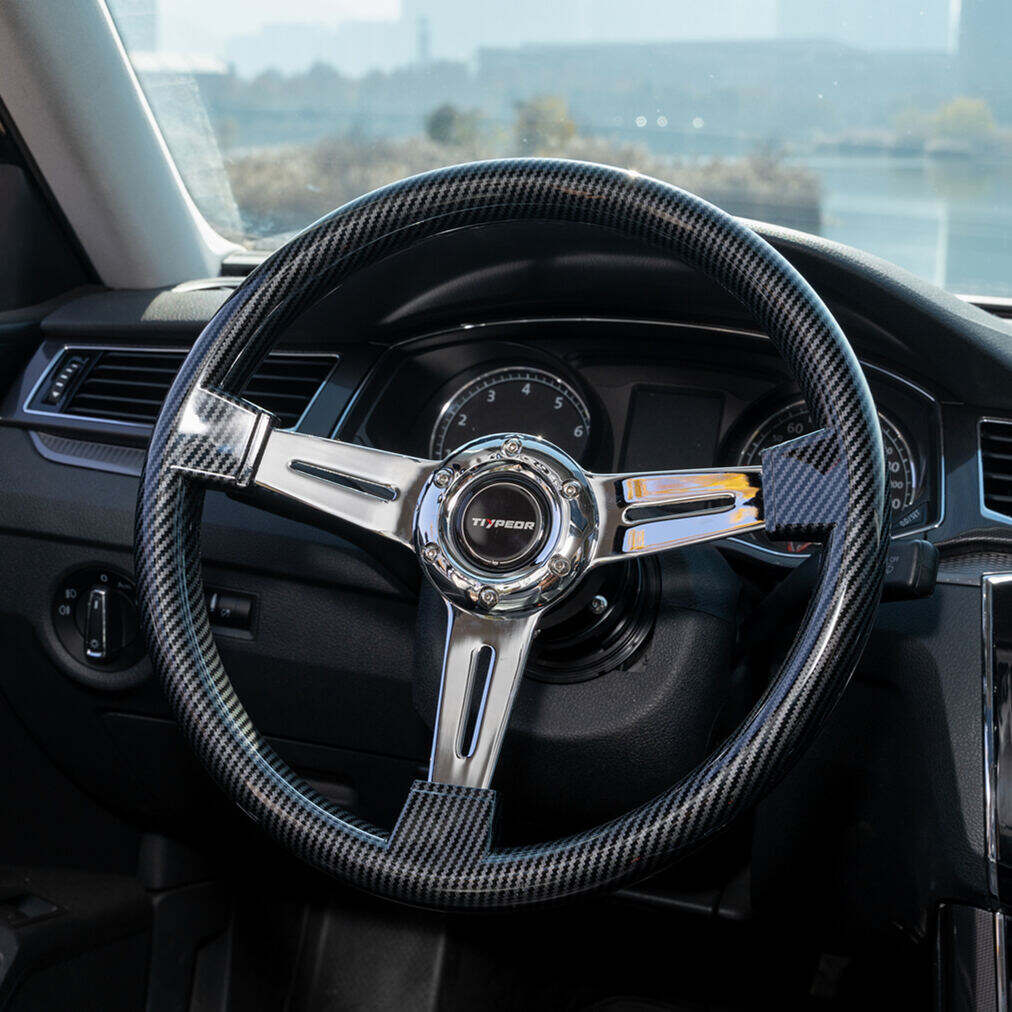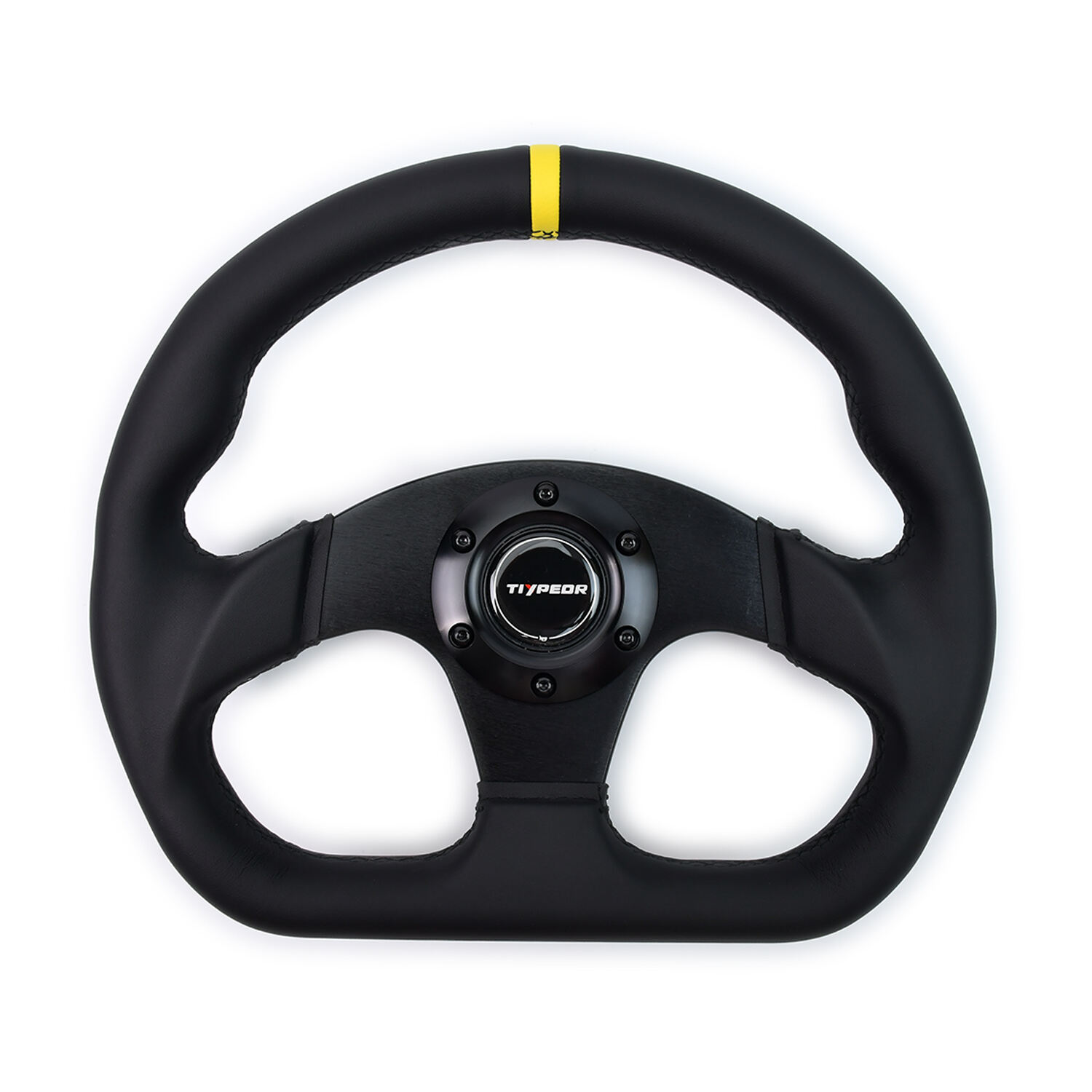lightweight racing seats
Lightweight racing seats represent the pinnacle of automotive seating technology, combining advanced materials and ergonomic design to enhance both vehicle performance and driver experience. These specialized seats are engineered using state-of-the-art composite materials, including carbon fiber, fiberglass, and aerospace-grade aluminum, resulting in significant weight reduction compared to standard seats. The precise construction features a rigid shell structure that maintains optimal body positioning during high-speed maneuvers, while strategic bolstering provides crucial lateral support through corners. Advanced padding technologies incorporate energy-absorbing materials that protect the driver during impact while maintaining comfort during extended racing sessions. The seats typically feature integrated harness guide holes compatible with 4, 5, or 6-point racing harnesses, ensuring maximum safety compliance with various racing regulations. The minimalist design often includes ventilation channels to manage temperature during intense driving conditions, and the mounting points are engineered for quick installation and removal, facilitating easy maintenance and adjustment.









